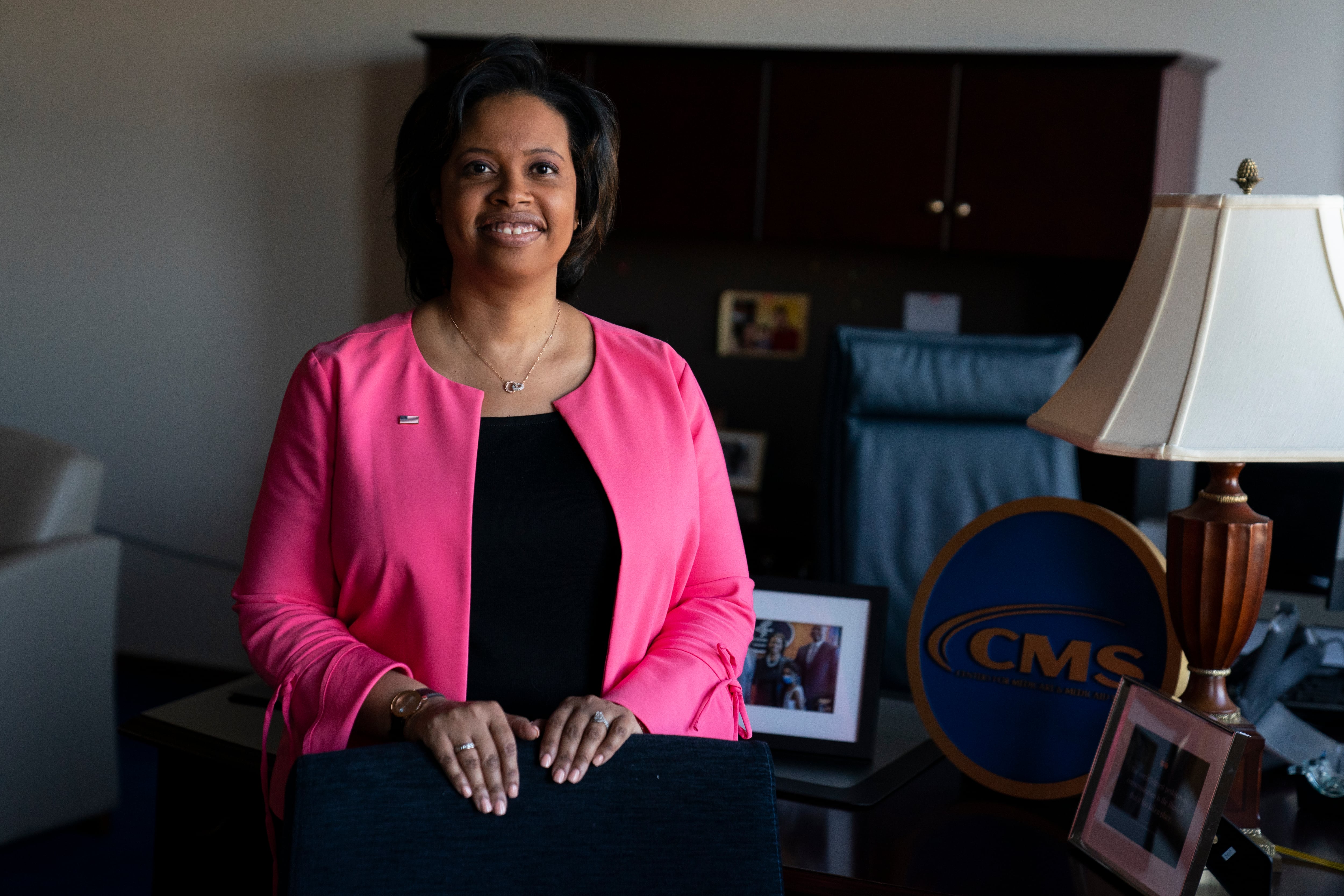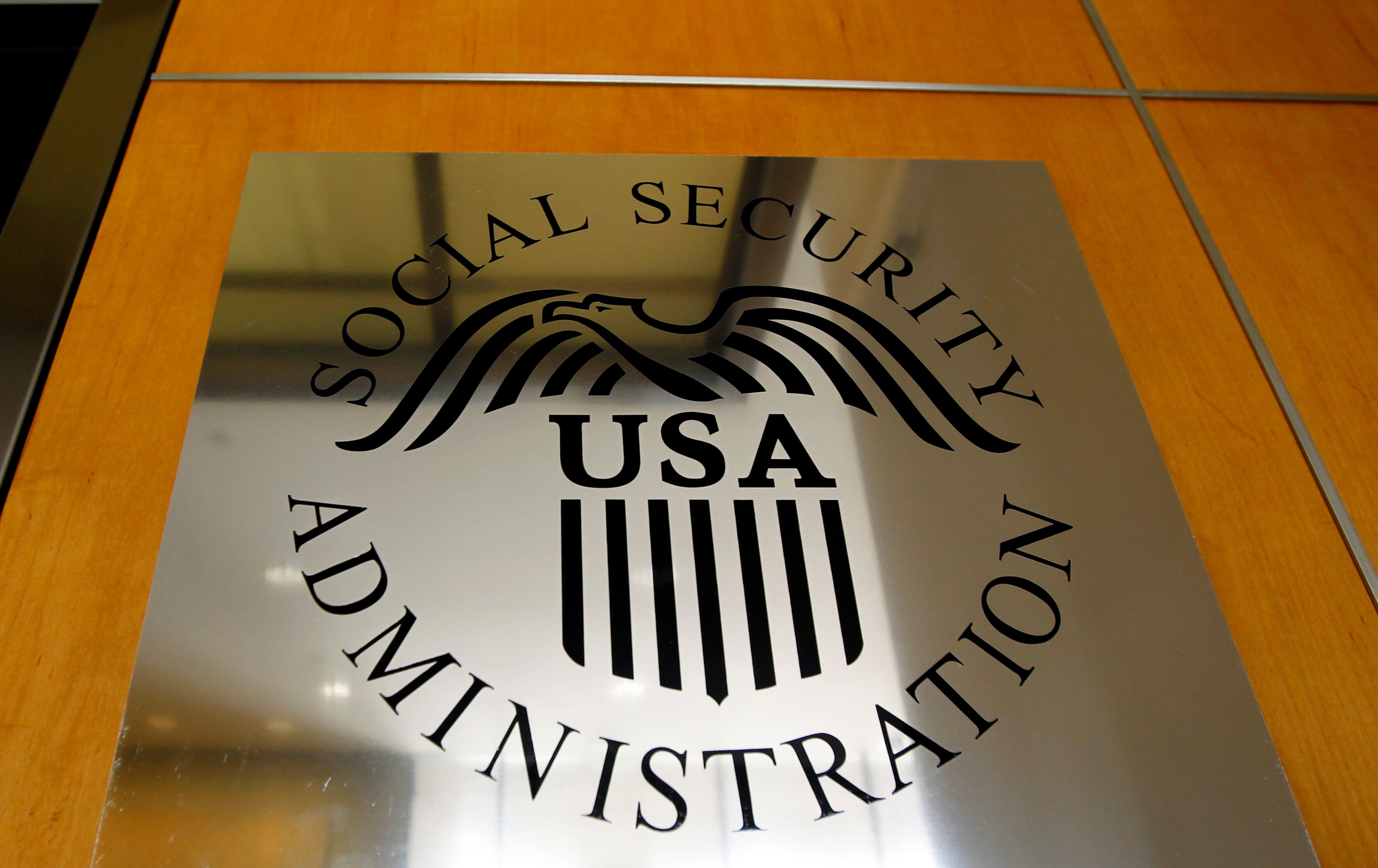Agency leaders at the Social Security Administration, the U.S. Agency for International Development and the Departments of Health and Human Services and Commerce sought to reassure Republican House lawmakers on Wednesday that they’re supporting in-person work at federal offices.
Republicans in Congress have sought to peel back remote work after the federal workforce was sent home during the COVID-19 pandemic in 2020. For months, they’ve pressured agencies to cut back on lingering telework, while employees and unions have resisted, arguing it has improved working conditions and serves as a recruitment and retention incentive.
“The President himself is telling federal employees to please get back to work, and they simply are not coming,” said Pete Sessions, R-Texas, chair of the Government Operations and the Federal Workforce subcommittee. “I cannot say that I’m confident the Biden administration has a handle or even control over that.”
In recent hearings on telework, lawmakers have tried to accelerate reentry at agencies they’ve deemed reluctant to follow the White House’s push for more in-person work. A Biden administration official told the Wall Street Journal on Nov. 28 that return-to-office goals have not been met. So far, a few bills have been introduced in the House and the Senate to standardize telework policies across the 2.2 million-large workforce and devise additional oversight measures.
Unions and employees have pushed back, saying conflating telework with lounging at home errs on bashing of bureaucrats who never stopped working, even during the pandemic.
At Wednesday’s hearing, each agency said hybrid work remains available at least in some form at their agencies. In the fall, a spate return-to-office orders were doled out first for senior leaders and managers.
Such transitions began already for certain Health and Human Services divisions in the National Capital Region, Atlanta and Baltimore, which are home to central offices, including the Centers for Disease Control and Prevention, and the Centers for Medicare and Medicaid Services.
Bob Leavitt, deputy assistant secretary of human resources and chief human capital officer at HHS, told lawmakers in-office requirements will apply for other employees next month.
RELATED

At Commerce, Jeremy Pelter, deputy assistant secretary for administration, said the agency’s Herbert Hoover Building downtown had a daily occupancy rate of 42% at the end of fiscal year 2023 on Sept. 30, up from 24% in the third quarter of 2022.
“The department anticipates this upward trend to continue,” Pelter said. “... We believe that the department is better positioned to achieve its mission — both in the short term and over the long term — when employees spend substantial time together in the office.”
Kathryn Stevens, acting chief human capital officer at USAID, said the agency began requiring all headquarters-based staff to work in-person a minimum of three days per week after updating its telework policy post-pandemic.
At this stage, much of government has settled into a blended environment, with agencies determining for themselves what cadence of hybrid work makes sense for individual missions and for recruiting needs.
In a Federal Times survey of nearly 1,000 employees, of those who left their government job, more than a third said the ability to telework was the deciding factor.
“We cannot ignore that telework provides a tremendous opportunity for SSA to be competitive in the modern job market, which is essential if we are to hire and retain top talent to provide high-quality service to the American people,” Oren “Hank” McKnelly II, the Social Security Administration’s executive counselor to the commissioner, during the hearing.
Like at SSA, other agencies give managers discretion to determine which positions are telework eligible based on the specific job function and business need. These agreements can be altered if necessary, and there are eligibility criteria that employees must meet.
RELATED

McKnelly also said the agency is consulting with other departments to implement its own Domestic Employees Teleworking Overseas program, which it doesn’t currently have but would ensure civil servants stationed with a family member overseas can do their job remotely and not sacrifice locality pay.
“Keep in mind that even without telework, given our nationwide structure, our employees frequently work with other employees who are in a different physical location,” he added. “This flexibility also allows for talent-sharing across the nation.”
Certain lawmakers have agreed that hybrid work may have a place in government long term, but remain skeptical about whether it is working in the face of public service backlogs and underutilized federal office space.
“I do want to note that understaffing and starving agencies of much needed resources is the cause of service backlogs, not the telework policies that are so often blamed,” said Del. Eleanor Holmes Norton of Washington, D.C.
“What I’d really like to ... understand is how to convince, if possible, the American taxpayer that they’re getting a better deal by allowing people to work at home,” said North Carolina Republican Chuck Edwards.
In response to calls for more oversight, agencies have assured lawmakers that they’re taking heed from the Office of Personnel Management to better track their productivity and their use of telework via data.
RELATED

A recent proposal by Sen. James Lankford, R-Okla., would enforce annual reviews of telework and performance management and allow for streamlined hiring of high-performing former federal employees, veterans and spouses of service members or law enforcement officers for remote work positions.
“By re-thinking how the government uses remote work, we are encouraging federal agencies to hire in diverse communities across the country instead of requiring our workforce to be centralized in Washington, D.C.,” Lankford said in a statement.
Molly Weisner is a staff reporter for Federal Times where she covers labor, policy and contracting pertaining to the government workforce. She made previous stops at USA Today and McClatchy as a digital producer, and worked at The New York Times as a copy editor. Molly majored in journalism at the University of North Carolina at Chapel Hill.



